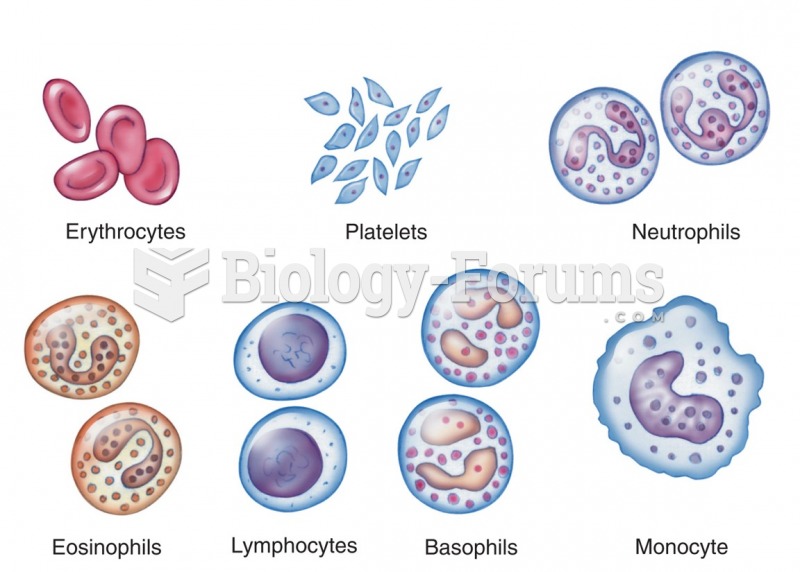|
|
|
Human stomach acid is strong enough to dissolve small pieces of metal such as razor blades or staples.
Between 1999 and 2012, American adults with high total cholesterol decreased from 18.3% to 12.9%
Thyroid conditions may make getting pregnant impossible.
About 60% of newborn infants in the United States are jaundiced; that is, they look yellow. Kernicterus is a form of brain damage caused by excessive jaundice. When babies begin to be affected by excessive jaundice and begin to have brain damage, they become excessively lethargic.
Astigmatism is the most common vision problem. It may accompany nearsightedness or farsightedness. It is usually caused by an irregularly shaped cornea, but sometimes it is the result of an irregularly shaped lens. Either type can be corrected by eyeglasses, contact lenses, or refractive surgery.







